Report in pictures
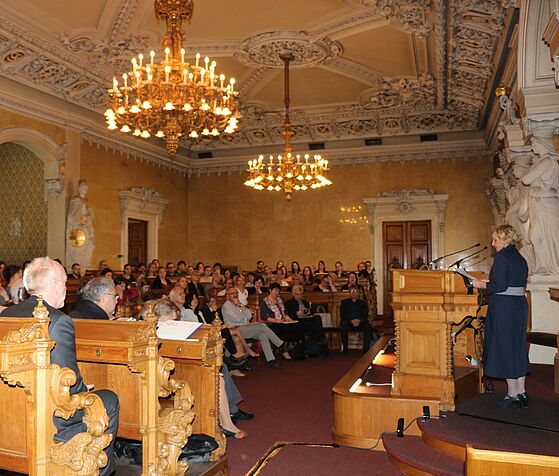
The conference room of the Old Town Hall of the City of Vienna offered the ambience for the Charlotte Bühler Symposium 2015 in the course of the 650th anniversary celebrations of the University of Vienna.
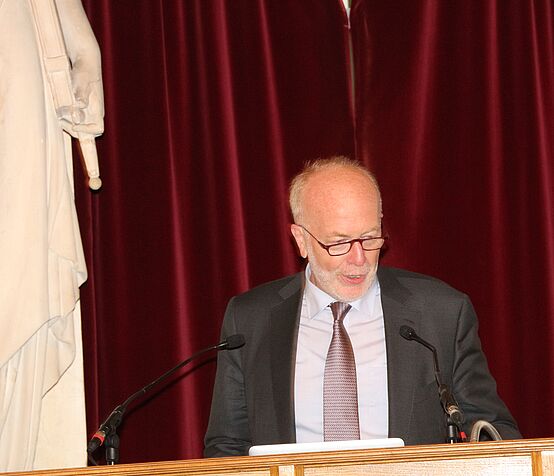
Dean Germain Weber (University of Vienna/Austria) opened the second Charlotte Bühler Symposium of the Faculty with a historical review of the relatively short history of the Faculty of Psychology at the University of Vienna, which began in 1922 and was already enriched by Charlotte Bühler and the establishment of a developmental psychological research department in 1923.
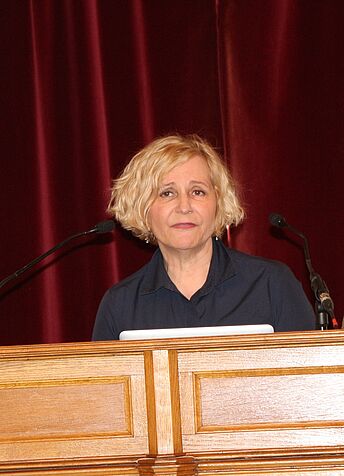
Lieselotte Ahnert, professor and director of the Department of Developmental Psychology at the Faculty of Psychology in Vienna, explained why relationships and attachments - both then and now - play an important role in the study of the human mind and its development, as well as why they played a great role in Sigmund Freud’s and Charlotte Bühler's thinking.
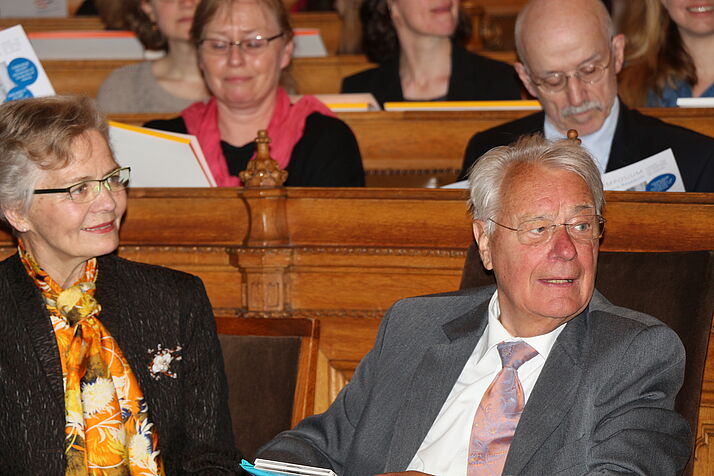
The Charlotte Bühler Symposium "New insights into current attachment research" was also dedicated to Klaus Grossmann (University of Regensburg/Germany), on the occasion of his 80th birthday, and to his wife, Karin Großmann. After long-term stays in the USA in the early 1980s, the jubilar brought attachment research to Central Europe, which has created the leading theory of socio-emotional development processes.
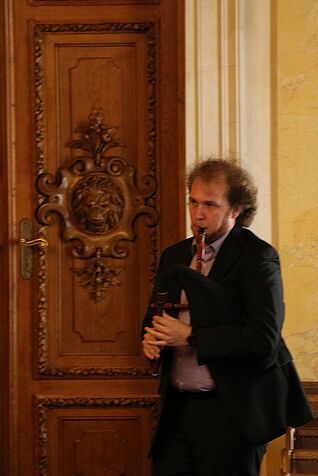
Stephan Bachner, a music student at the University of Vienna, provided the musical framework which was a reference to the jubilar’s passion for playing the bagpipe. Bachner led the presenters and participants of the symposium with his French “Schaeferpipe” to the nearby restaurant "Ellas".
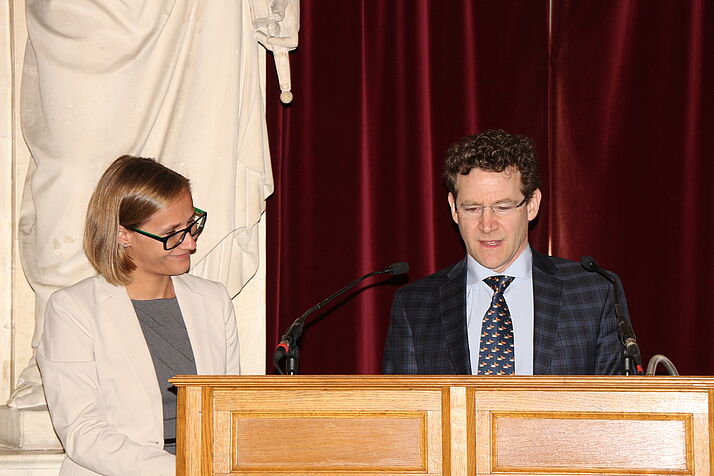
One of the special features of this symposium was that the young researchers of the Department of Developmental Psychology were able to present and moderate the international guests. For example, Barbara Supper, the first speaker, introduced Howard Steele, who is currently one of the most renowned international attachment researchers and professor at and director of the Center for Attachment Research at the New School for Social Research in New York City.
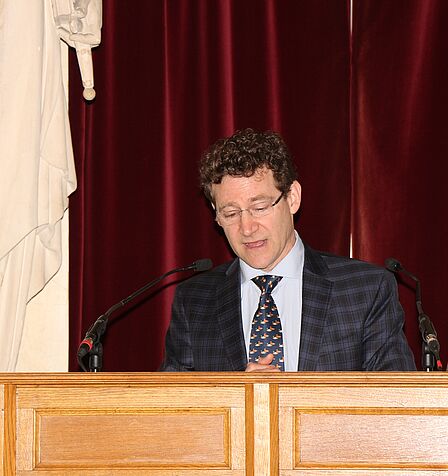
Howard Steele (The New School for Social Research/UK) opened the first key topic, „Mysteries around attachment and their inner working models“, with a report on his sensational research, in which he and his wife were successfully able to predict the quality of a mother’s relationship with her child only through interviews during her pregnancy.
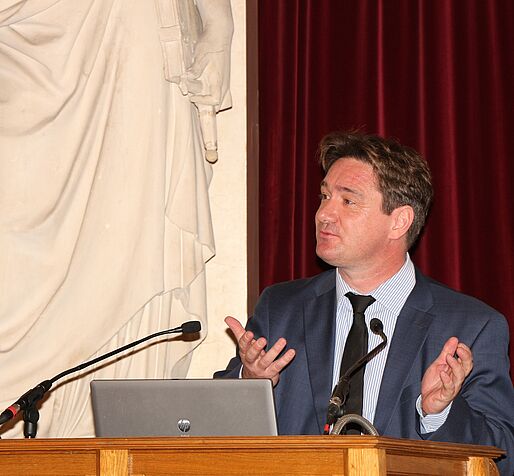
Peter Zimmermann, professor at the University of Wuppertal and the head of the developmental psychology department, spoke about the changes of relationship experiences throughout an individual’s life. He especially discussed the consequences these have on young adults’ mentality and experience in regard to their own relationships.
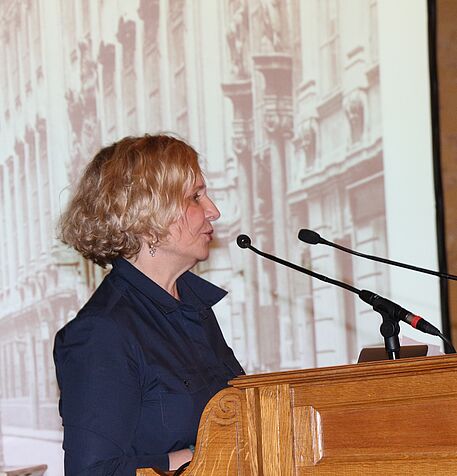
Lieselotte Ahnert presented one of the focuses of attachment research in Vienna. It questions a child’s early social experiences with respect to which people, other than the mother, are of significant importance for the child’s attachment development. As this was an extension of the classical attachment research, this input was discussed at length.
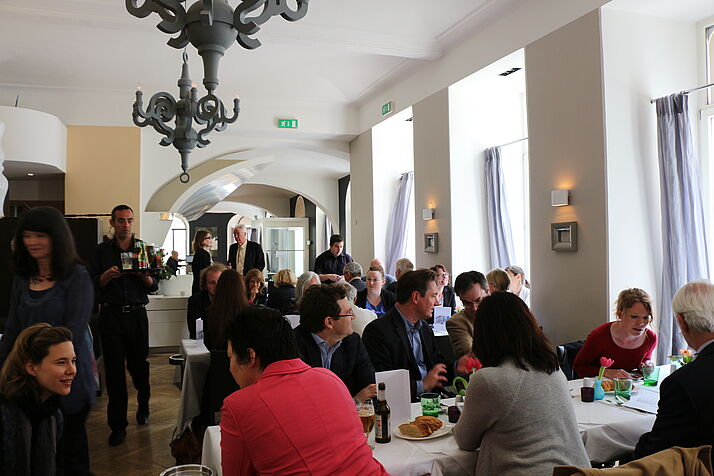
Given that the “Old City Hall” and its ambience are landmarked, the catering took place in the restaurant “Ellas” on the Judenplatz in Vienna’s 1st district. With mixed weather conditions, the location was additionally used for small talk and shorter discussions which stimulated new research activities.
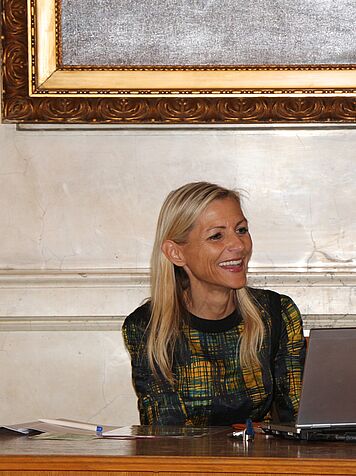
In the afternoon, the focus was on “Challenges in early development and how they are linked to attachments“, which was introduced and moderated by Andrea Witting (University of Vienna/Austria). The emphasis, amongst other topics, was on the research results of Vienna’s developmental psychology, presented by PhD-students Tina Eckstein-Madry, Barbara Supper and Nina Ruiz.
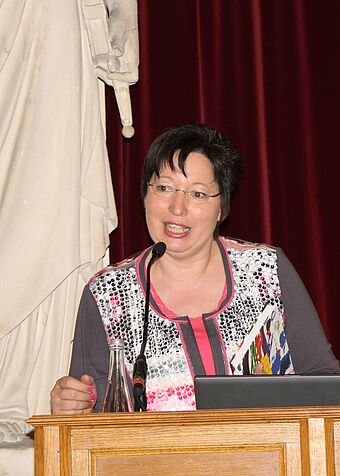
The afternoon of the symposium’s first day started off with Fabienne Becker-Stoll (State Institute of Early Childhood Research/Germany), professor and director of the “State Institute for Early Childhood Research” in Munich, who underlined the importance of attachment research for early childhood education. According to her statement, the quality of care and the developmental attachment of infants should be closely linked.
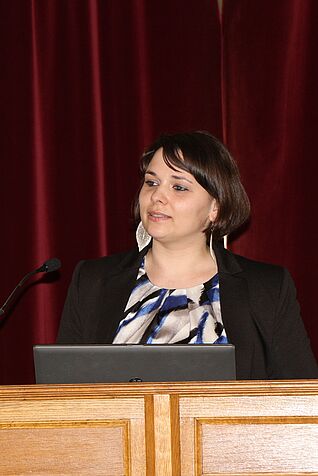
Later that afternoon, Tina Eckstein-Madry, from Vienna’s research department, presented her dissertation project, which examines the caregiver-child-attachment in regard to infantile stress regulation. Her research shows that younger children are especially dependent on the caregivers’ regulatory attachment methods when entering nursery school.
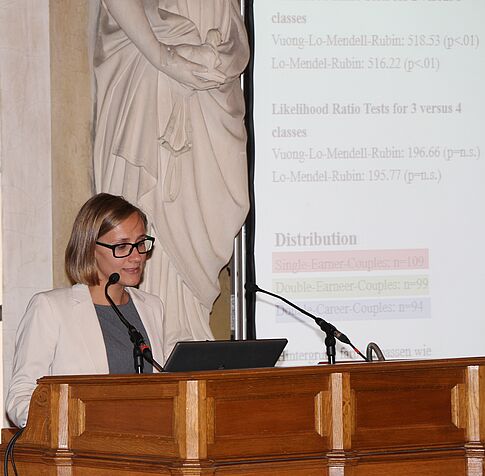
Based on her dissertation, Barbara Supper discussed father-child-attachments and which different constellations, such as “single earner”, “double earner” or “double career” parents could succeed in such attachments. It was very striking to see how strongly these partner constellations had an effect on fatherhood.
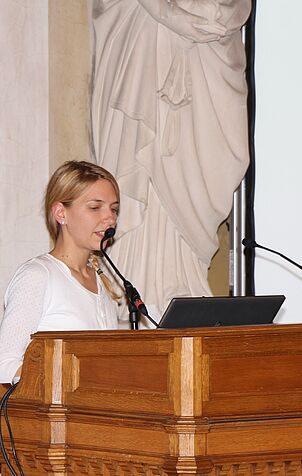
Nina Ruiz’s dissertation illustrated that the time investment and the parenting style fathers use is very widespread. Fathers choose different approaches when living with premature children who are more vulnerable than other children in every aspect.
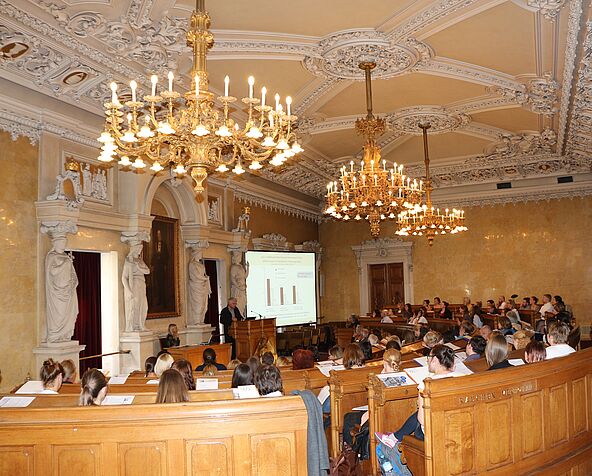
The inputs of Vienna’s developmental psychology and the practical focuses of attachment research were of great importance at the symposium, where possibilities and limitations of the previous findings were carefully examined and correlated.
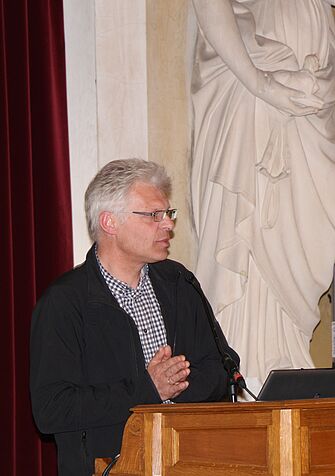
Lastly, Hermann Scheuerer-Englisch, who has been the head of the educational counseling center of the catholic welfare organisation in Regensburg for many years, concluded the first day of the symposium with his presentation on how the attachment research can be used in practice.
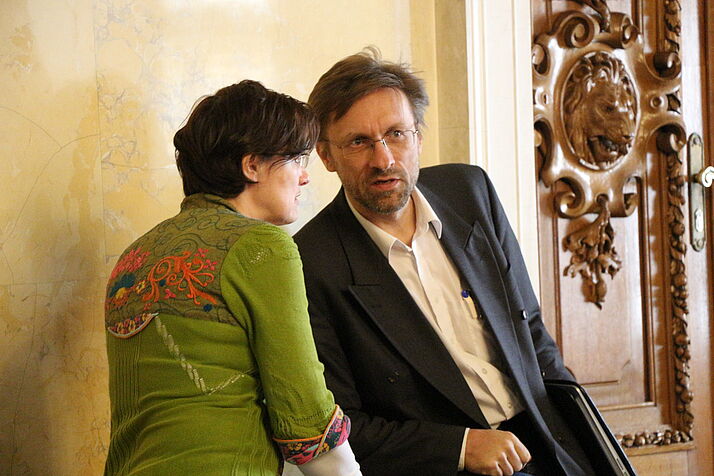
The second day of the symposium was opened by Klaus Vavrik, chairman of the “Austrian League for Children’s Health”, and Hedwig Wölfl, who recently took over the leadership of the child protection center “Die Möwe”. Both pleaded for more support of attachment, which would lead to a better protection of children’s health and well-being.
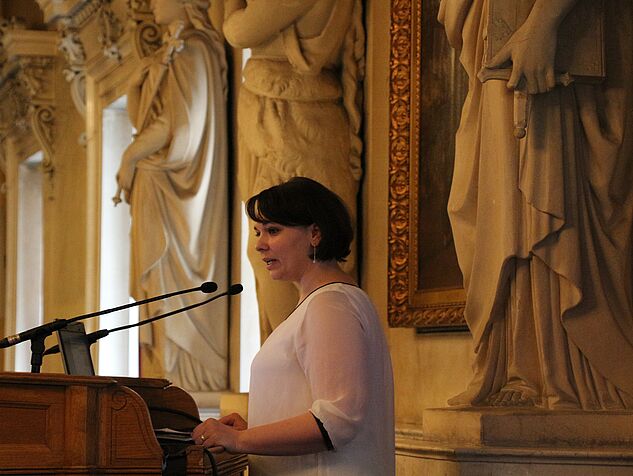
Tina Eckstein-Madry moderated the first key topic on the symposium’s second day. “If attachments do not evolve as they should” was represented by research on developmental psychopathology carried out by Isabel Soares, Gottfried Spangler and Andrea Witting.
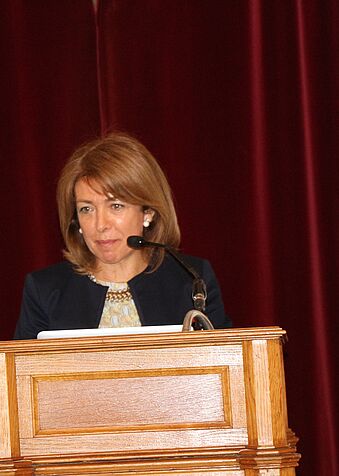
Isabel Soares, professor and president of the School of Psychology at the University Minho in Braga, was able to catch the interest of many with her talk on attachment dysfunctions in children who are detached from their parents and who are cared for in classical children’s homes in Portugal. Her research work clearly shows why home-based childcare tends to contradict standard attachment development.
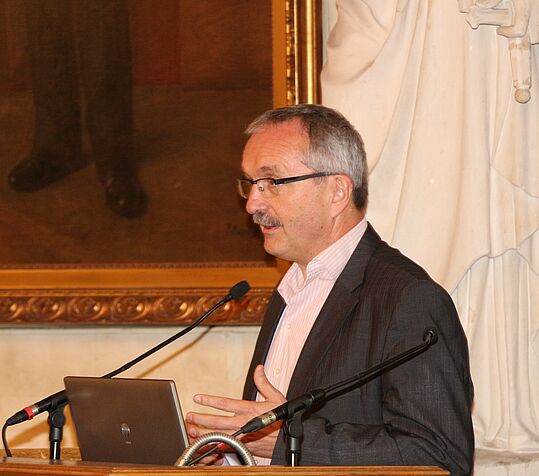
Gottfried Spangler, professor at the University of Erlangen-Nürnberg and head of the developmental psychology department, impressed with his portrayal of the only extensive study to date on foster parents-child-attachments in Germany. He postulated an upgrade of foster parent’s systems due to the observations he made on the potential of the children who are detached from their parents and live in such families.
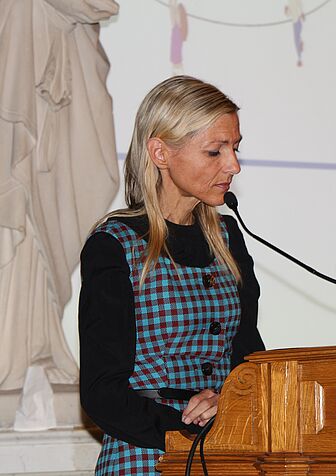
Andrea Witting concluded the morning of the second symposium day with her input on premature children’s attachment experiences. Her dissertation work precisely depicted that these children have great need for external emotional regulation and that an overprotected handling of premature children does not always help their development.
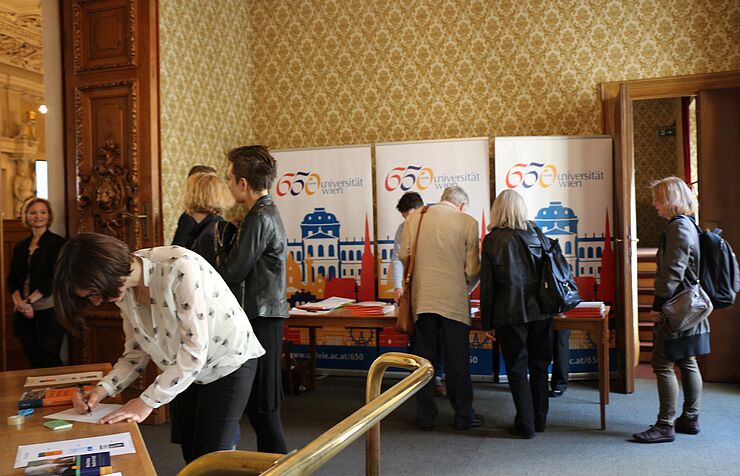
The breaks were used to obtain more information at the book stand where one could look at and purchase two new publications from Vienna’s developmental psychology: “Theorien in der Entwicklungspsychologie“ (Springer Verlag) and “Charlotte Bühler und die Entwicklungspsychologie” (Vienna University Press).
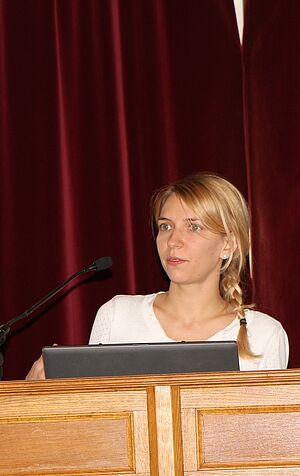
Nina Ruiz took over the moderation of the last afternoon. Intervention programs were put to the test in the key topic “The power of correcting and repairing attachments“, in which input was provided by Miriam Steel and Gerhard Süß.
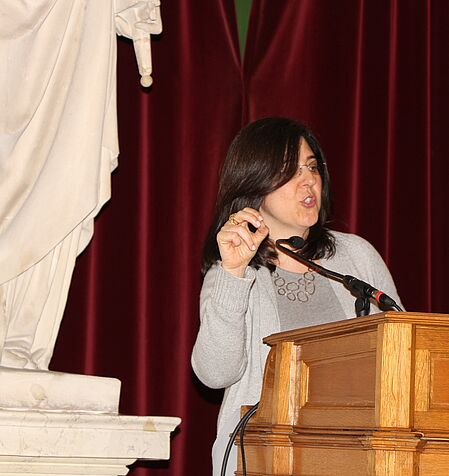
Miriam Steele, professor and director of the Center for Attachment Research at the New School for Social Research in New York City, described her research-based intervention studies in a fascinating way. The success of her work was underlined by the accompaniment of videos showing risk families in the Bronx, New York City.
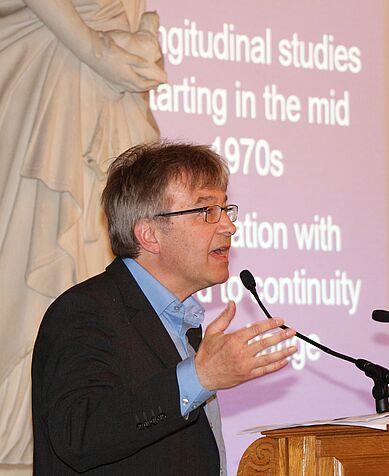
Finally, Gerhard Süß, professor at the University for Social Work in Hamburg, reported on which interventions in several German capitals showed the most success in work with parents. Especially the method “STEEP” (Steps Toward Effective Enjoyable Parenting) was able to assist parents in stress situations in building up good parent-child-relationships.
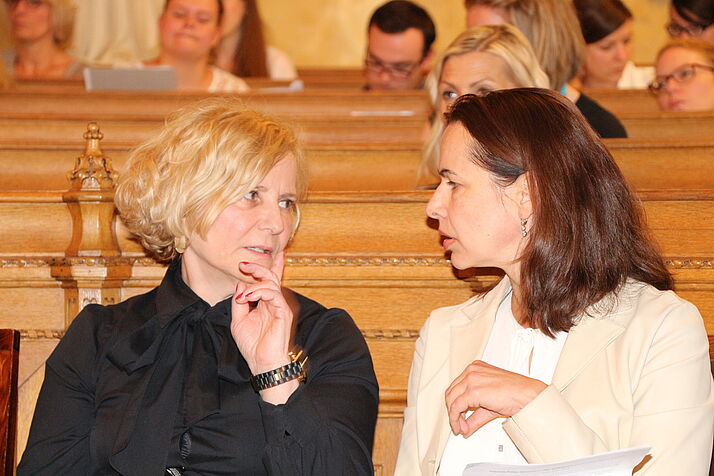
In the meantime, Austrian Federal Minister, Sophie Karmasin, visited the Charlotte Bühler Symposium in the Old City Hall’s conference venue.
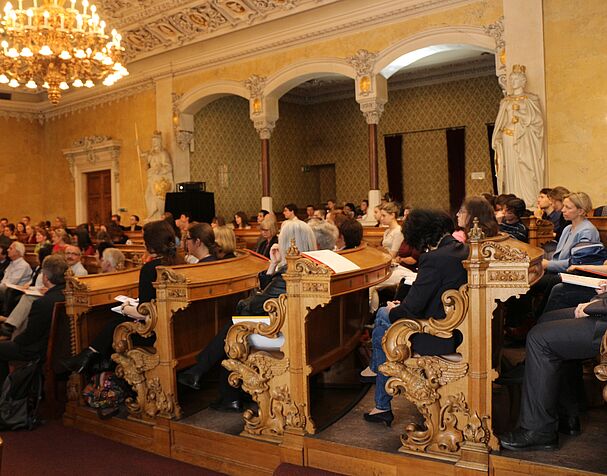
The symposium’s participants heard that Dr. Karmasin had not only been the Federal Minister for family and youth since 2013, but also set up social-political programs to support families. Additional authenticity was lent to these programs by her extensive background in psychology.
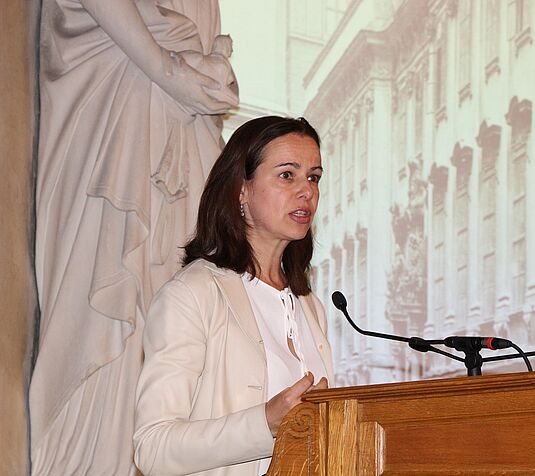
The Federal Minister, Dr. Karmasin, greeted the audience by emphasizing the influence of attachment research on early education and made this the focal point of the debate which she was currently following by creating trans-provincial new measures for Austrian’s children institutes.
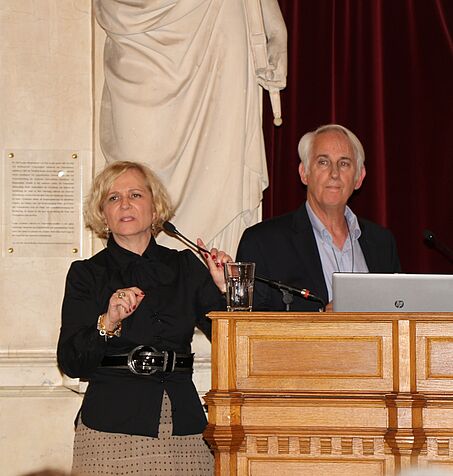
To conclude this intense scientific exchange at the Charlotte Bühler Symposium, all guests were invited to the theatre tribune of Café Landtmann’s basement where the Department of Developmental Psychology had prepared a surprise: a cabaret that illustrated topics of attachment research in a different light.
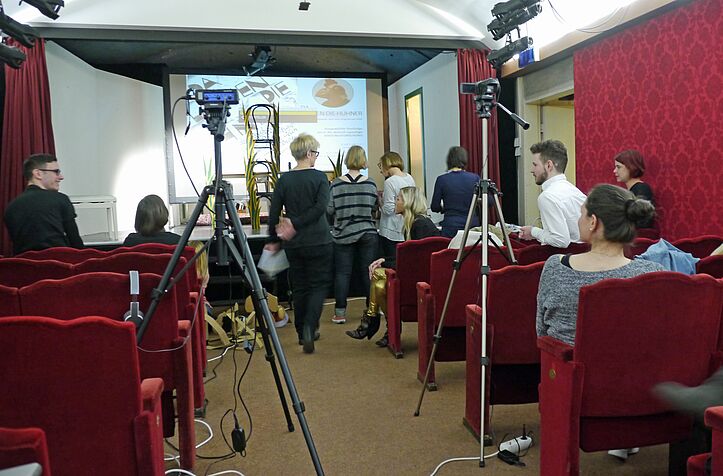
As a conclusion toTo conclude this intensive scientific exchange at the Charlotte -Bühlner -sSymposium, all guests were invited to the theatre tribune of Café Landtmann’s souterrain basement where the Ddepartment of Ddevelopmental Ppsychology had prepared a surprise: a cabaret that illustrated topics of attachment research in a different light.
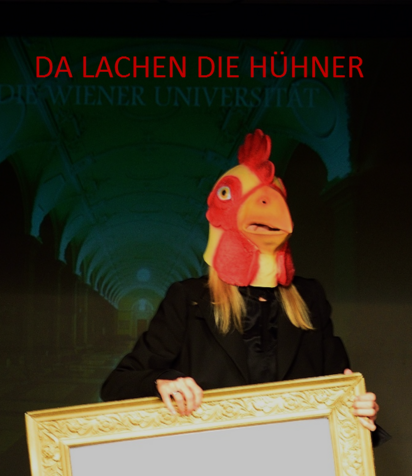
“Da lachen die Hühner“ is a cabaret which was created by Charlotte Bühler’s team at the Institute for Psychology in 1929 and satirized the topics of psychology research at the time. At the end of the Charlotte Bühler Symposium in 2015, five pictures of the cabaret were applied to the attachment research and were then performed by the whole team of the developmental psychology department.
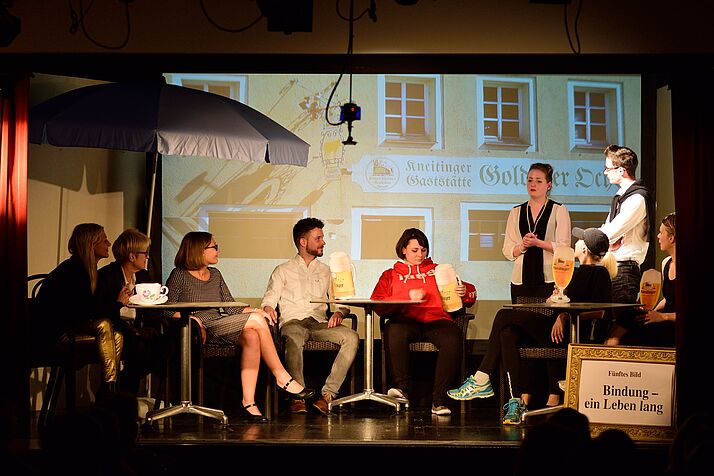
The cabaret paid tribute to the family Großmann’s ground breaking longitudinal studies, the results of which have been essential in every textbook on developmental psychology ever since. The world famous “Goldener Ochsen” in Regensburg is the main venue for the presentation of the Großmanns’ research and acts as a stage for five families from each study who exchange their experiences and therefore, once again, come to new realizations.
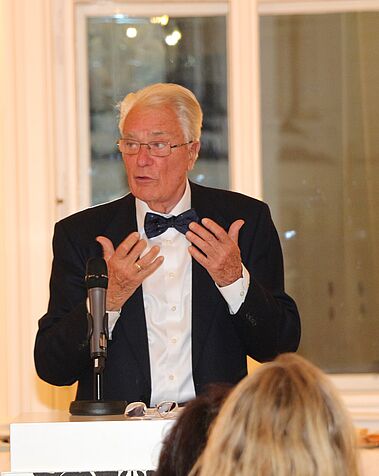
During the final banquet held on Café Landtmann’s piano nobile, the person celebrating his jubilee spoke about the resistance attachment research had to face in the beginning and how careful behavioural observations, paired with versatile, multi-methodic approaches could increasingly gain prestige in contrast to the exclusive experimental-behavioural scientific thinking of the time, and have a high reputation nowadays.
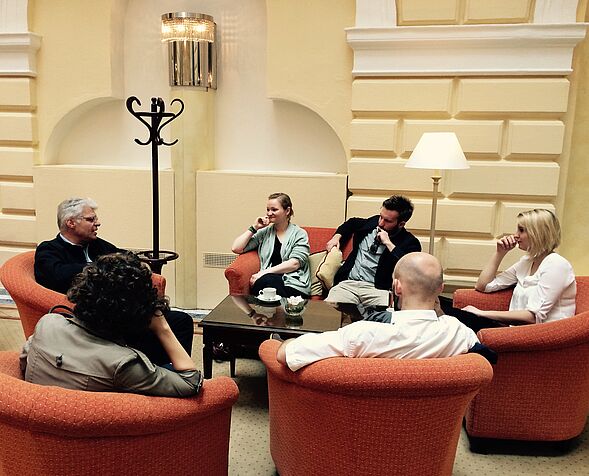
The day after the Charlotte Bühler Symposium, guests who stayed at the Hotel de France could take part in “Meet-the-Scientist” sessions with Viennese students, whose final theses were based on attachment research, in the hotel’s lobby. Hermann Scheuerer-Englisch showed the practical application of the attachment theory with the help of his case studies.
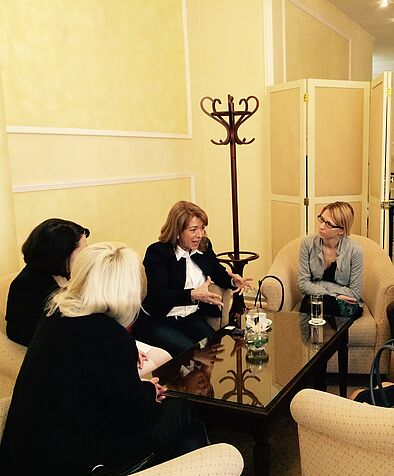
At the „Meet-the-Scientist“ with Isabel Soares, the main focus was on the research conditions under which valid attachment research is made possible. This helped the students’ perception of Soares’ research, which, at first, seemed very complex, tedious and difficult.
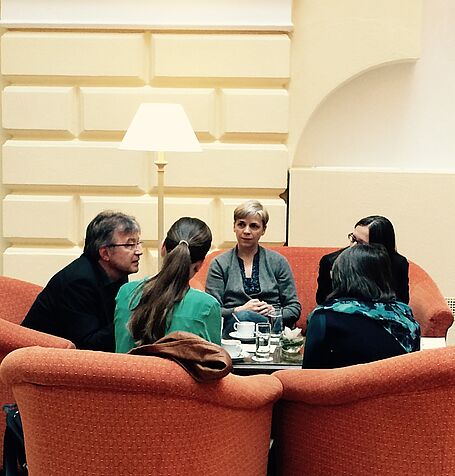
On the one hand, research experiences in risk families were discussed at the „Meet-the-Scientist“ with Gerhard Süß and on the other hand, questions were asked about the studies on nursery school teachers. The results of these studies have a great impact on early education.
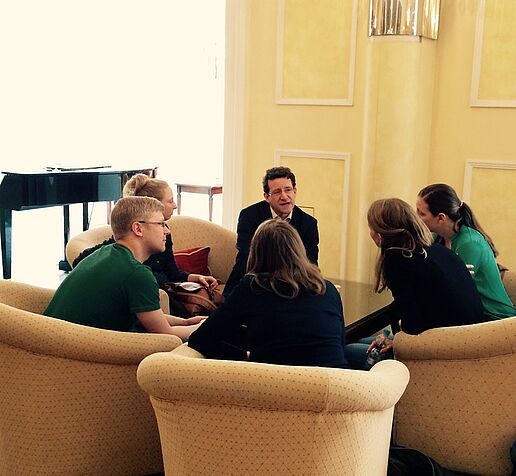
At the “Meet-the-Scientist” with Howard Steele, requirements for publishing were the primary topic. As Mr. Steele is the publisher of the renowned professional journal “Attachment & Human Development”, the latest developments of these requirements were able to be discussed, simply extended to the English-speaking journal market.
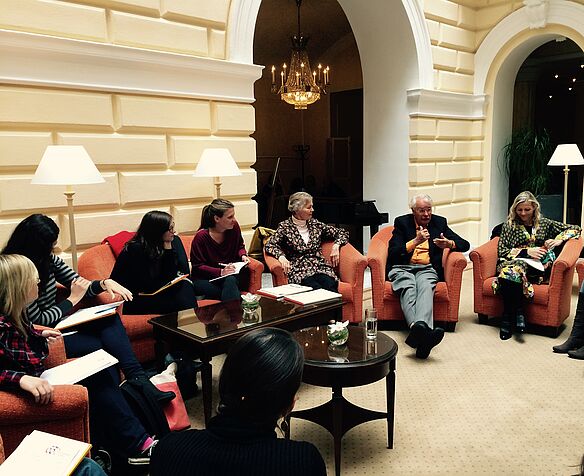
Eventually, Klaus and Karin Großmann discussed the research problems they encountered during an excursion in Malawi/Africa trying to demonstrate attachment patterns. The issues they felt most strongly about were the methodic variations of attachment research and the usefulness in a cultural comparison.
